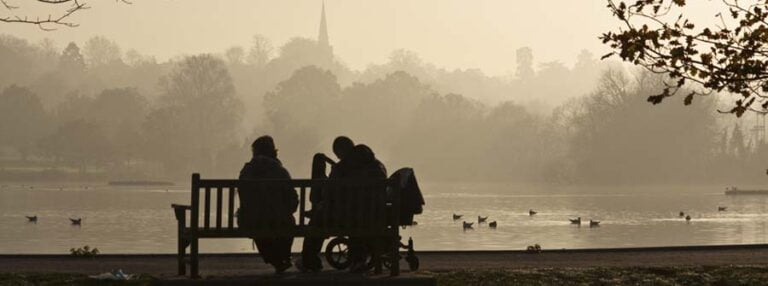History of Wimbledon Park
A historic landscape
Wimbledon Park has Grade II* listed status from English Heritage, reflecting its national importance.

This ancient parkland has royal connections. There was a manor here from about 1280, which eventually passed into the ownership of Henry VIII. The manor house, on a north-facing hilltop at Vineyard Hill, was built by Sir Thomas Cecil in 1588. Elizabeth I visited several times during the last years of her life.
By 1610 the grounds covered 400 acres and were famous as a deer park – James I hunted here. In 1630 Charles I bought the manor for his queen, Henrietta Maria, and new gardens were laid out.
The famous landscape designer Capability Brown was employed in 1764 by Earl Spencer, who by then had taken over the estate. Over the next 20 years Brown transformed the formal Renaissance gardens into a more natural landscape, including building a dam across the valley to convert a marshy stream into an impressive 12-hectare lake.
In the 20th century, the park has had many uses: it has played home to a polo ground, a piggery, and was turned over to allotments for vital food growing during the World War I. Generations of local people swam in the lake in summer and skated on it in winter.
More recently, Wimbledon Park has become a popular destination for sportspeople, families and those seeking tranquillity and open space. It also plays host to a large fireworks display every November, and thousands of people pitch their tents and queue here for the Wimbledon Championships each June.
Read more about the history of Wimbledon Park in this pamphlet written by Dr. David Dawson, August 2017 (v0.3).
Ownership
- Merton Council owns the public park and the lake.
- The All England Lawn Tennis Club (AELTC) owns the golf course land, which was until recently leased to Wimbledon Park Golf Club.
- The Wimbledon Club owns and occupies land on the west side of the lake.